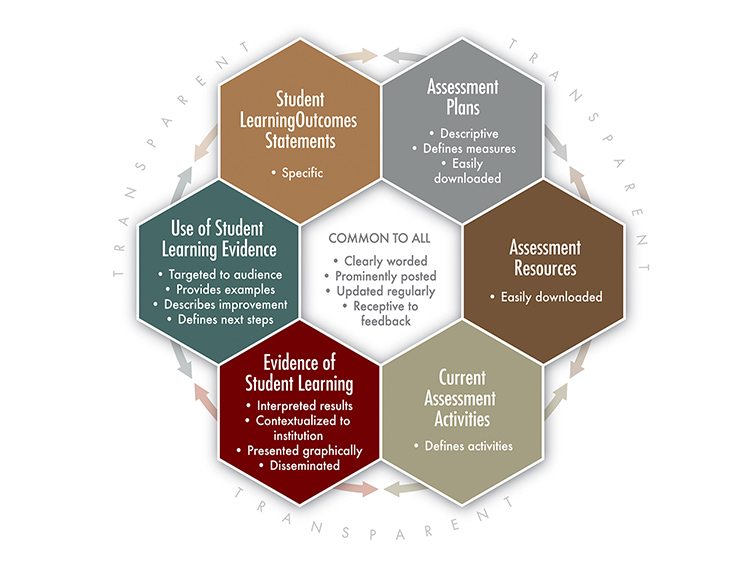
Transparency In Education: A Useful Framework
by TeachThought Staff
Transparency in education is important for a variety of reasons.
Increasingly teachers are encouraged to work in professional learning communities, data teams, and other structures intended to encourage teachers to work together to unpack standards, plan instruction, assess learning, analyze data, revise instruction, re-analyze data, and then evaluate the impact of individual teaching strategies. The idea of both vertical alignment (i.e., same content area, different grade level) and horizontal alignment (same content area, same grade level) both depend greatly on visibility–what’s being taught, when, and how.
Further, a common and viable curriculum has been described by education research analyst Robert Marzano as the ‘first school-level factor,’ and one of the most significant factors in student achievement. Beyond those within the school working closely together on mutual, organic, and dynamic documents, this all fails to mention perhaps the greatest benefit of transparency in education, which is the ability for parents, universities, and related organizations to see what’s happening in the classroom–at least on paper–and respond accordingly.
What is Transparency in Teaching and Learning?
According to Mary-Ann Winkelmes, “Transparent teaching and learning activities “share several things in common: they are transparent, requiring explicit conversation among teachers and students about the processes of learning and the rationale for required learning activities; they involve relatively minor adjustments to any teacher’s current practice; and they are consistent with research-based best practices in higher education.”
Winkelmes continues, explaining that achieving transparency in education is based on a series of factors, activities, and data.
“(Transparent teaching and learning activities) are based on the idea that “students’ learning outcomes improved when they understood how and why instructors had structured their learning experiences in particular ways.” There are indications that transparent teaching practices are of most benefit to underrepresented, first-generation, and low-income students.”
Creating such transparency is another matter entirely, which is where the transparency framework from National Institute For Learning Outcomes Assessment comes in handy, which they describe:
“The Framework provides ideal components of a transparent institutional website in terms of student learning. Institutions should take into account the website’s purpose, structure, intended audiences, capacity of technology staff and other available resources when reviewing the components. Information on student learning can and should be presented in language that is understandable by specific and multiple audiences, widely available across the website, updated regularly, receptive to feedback, and accessible by multiple web browsers and in various internet speeds. A fully transparent website might well contain information about the following six components:
- Student Learning Outcomes Statements
- Assessment Plans
- Assessment Resources
- Current Assessment Activities
- Evidence of Student Learning
- Use of Student Learning Evidence”
Using The Framework
Understanding how to use learning models and frameworks is important, as they are more visual overviews of how bits and pieces work together, rather than checklists, an idea NIFLOA summarizes below.
“The Framework is not a checklist to be followed but rather a guide to suggest priorities and possibilities with an eye toward communicating meaningful information about student learning that will be useful to various audiences. Our review of institutional website transparency suggests that the degree of transparency can be viewed as a continuum from not transparent to transparent.”
